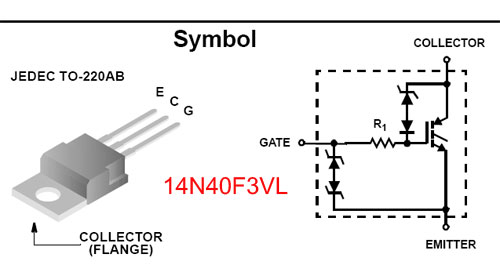Darki
Newbie level 6
I have a proplem.
I need at circuit there can drive my transformer. I have a oscillation/timer circuit wich look like this:
**broken link removed**
But i cant get it to work. Anybody have any idea what could be wrong?
Sorry for my bad english hope you understand me anyway [/img]
[/img]
I need at circuit there can drive my transformer. I have a oscillation/timer circuit wich look like this:
**broken link removed**
But i cant get it to work. Anybody have any idea what could be wrong?
Sorry for my bad english hope you understand me anyway
